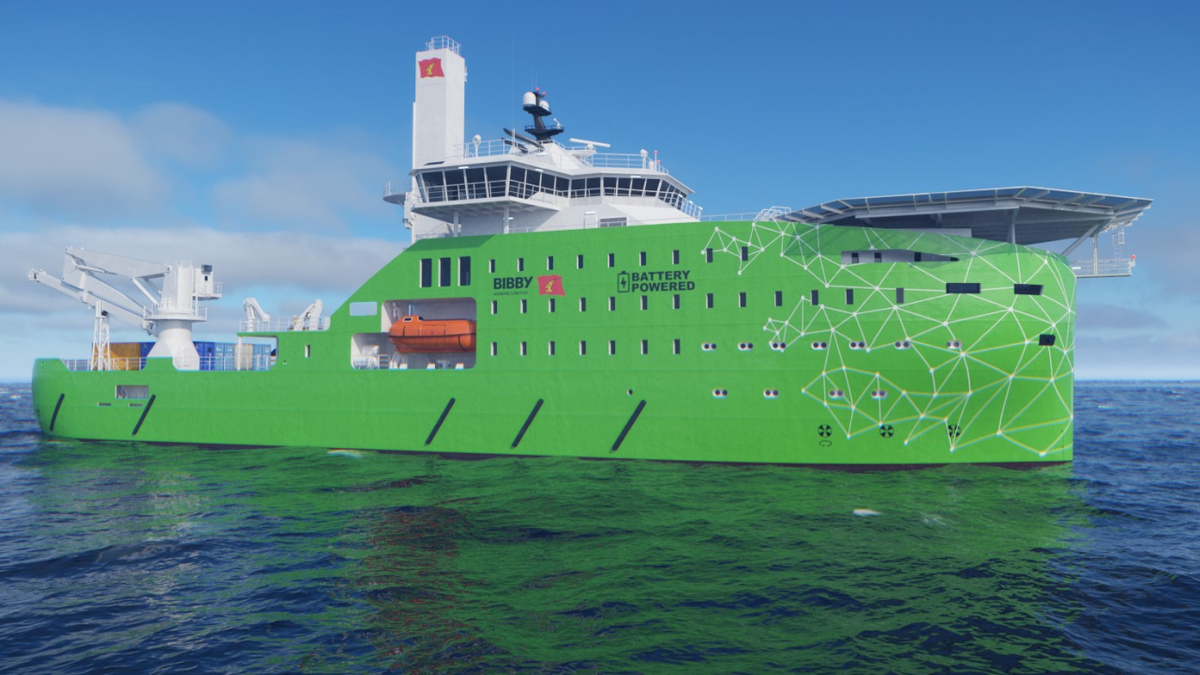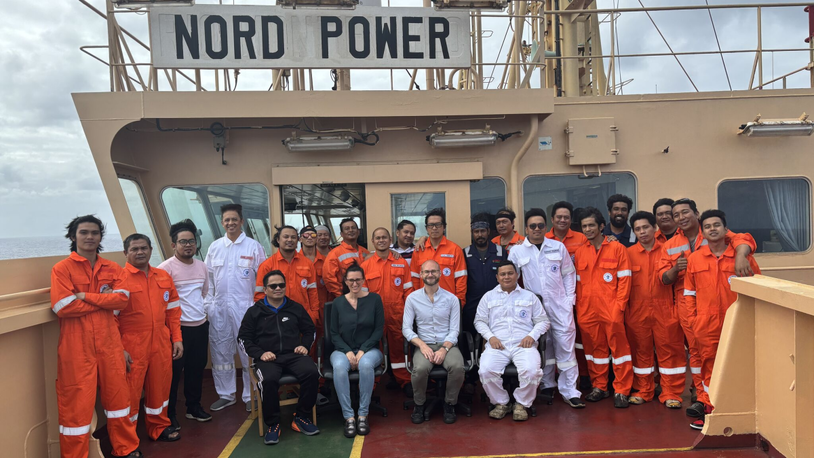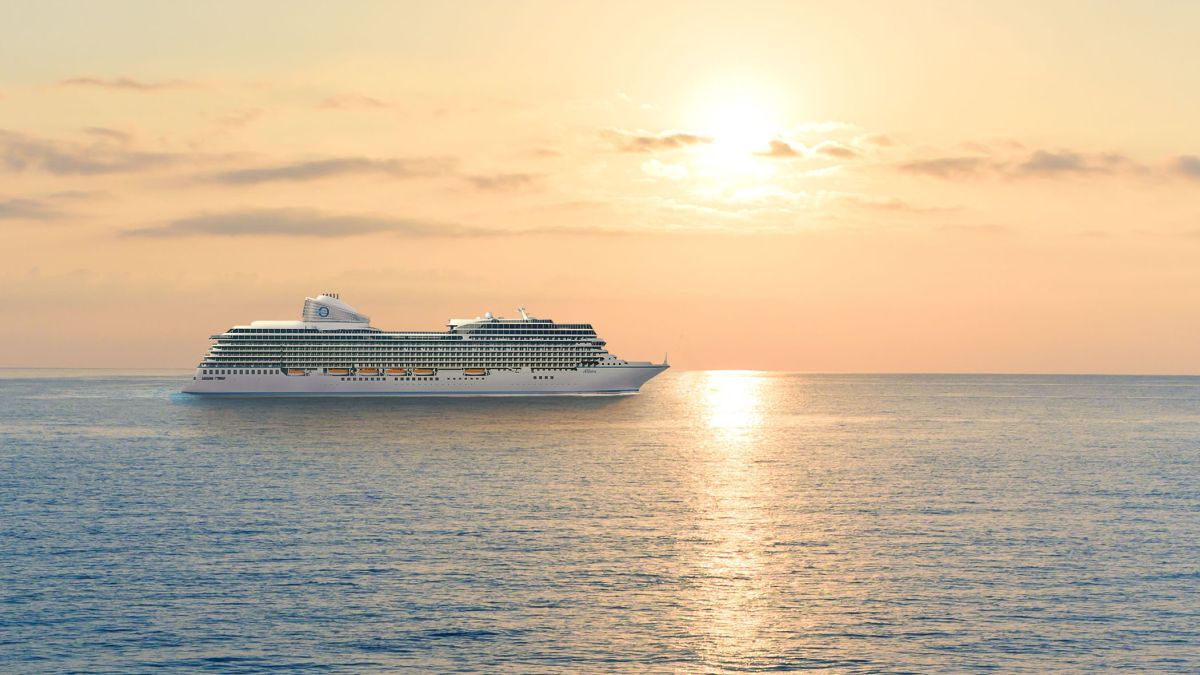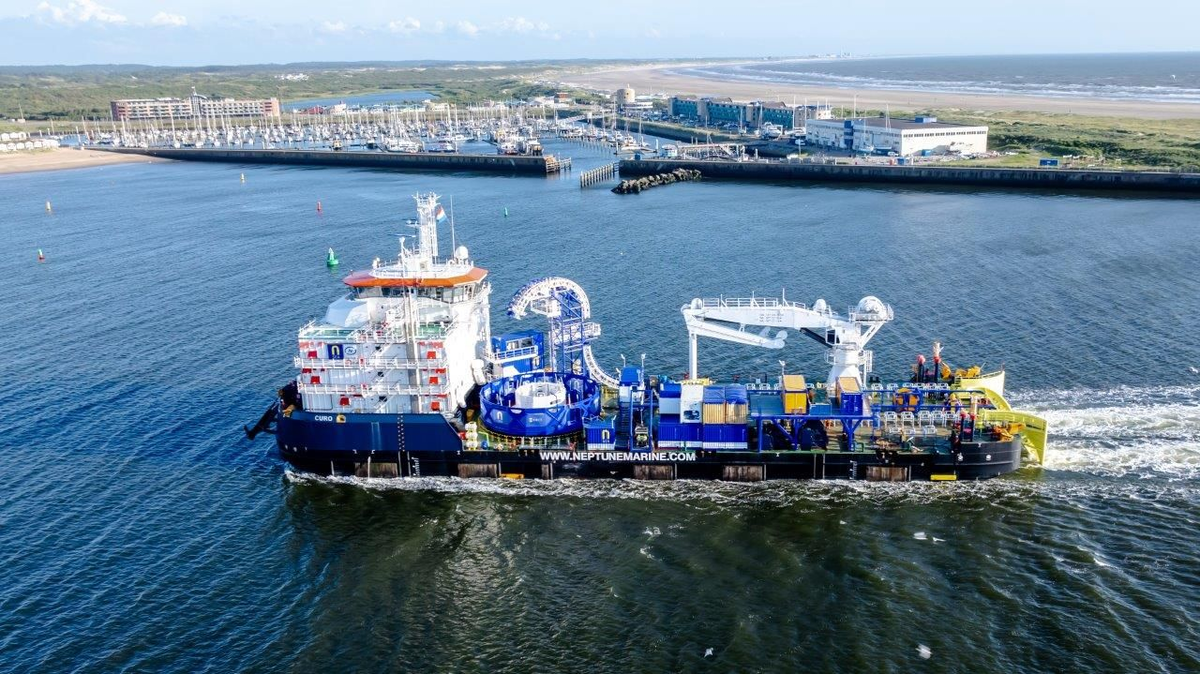Business Sectors
Events
Contents
Electric CSOV to be equipped with largest Corvus battery system to date
Corvus Energy’s Blue Whale battery energy storage system (ESS), at 25 MWh, will be the largest lithium iron phosphate battery system ever delivered to a maritime project
Corvus Energy vice president of sales, Pål Ove Husøy, announced the contract win, attached to an electric commissioning service operation vessel (eCSOV) that will be constructed by Armon shipyard in Spain for the UK-based shipowner Bibby Marine, at the Annual Offshore Support Journal Conference, Exhibition & Awards in London.
Bibby revealed in mid-January that it would be building the eCSOV.
“We have been selected by Bibby Marine for the first fully electric eCSOV," Mr Husøy said. “The eCSOV for Bibby Marine… will be built with offshore charging capabilities. The battery will be charged operationally while sitting on DP.”
The news came as part of a presentation from Mr Husøy on whether an all-electric offshore vessel ’makes sense’ operationally and in the context of the offshore support market.
With the sale taking on the superlative of being the largest Blue Whale ESS system Corvus has sold to date, Mr Husøy said development of large battery systems was still seeing a rapid pace of increase in cell-level energy density of 10-15% per year.
The system for Bibby’s eCSOV is scheduled for delivery in 2026 and has been designed with three battery rooms, each housing connected ESS.
"With the battery we have and approval (from class), we could have a maximum 20 MWh in each room." Mr Husøy said.
“A fully electric offshore vessel is something the industry has been working towards for a long time and marks a major milestone in offshore vessel operations," Mr Husoy said.
The fully electric eCSOV is complemented by dual-fuel methanol engines, but is designed to operate in fully electric mode for a "typical 16-17 hour" work day.
Incorporating both battery power and dual-fuel methanol engines offers reduced carbon emissions and increased energy efficiency while "providing the reliability and performance needed for demanding offshore wind and renewable operations,” according to Corvus.
The vessel will use the battery system as its primary power source, with engines running "solely for charging". Corvus said using engines as chargers offers a constant, optimised load to improve efficiency and extend battery lifespan.
"Additionally, offshore charging capabilities will enable simultaneous battery charging while maintaining DP for station-keeping, representing an industry first in the SOV market," the company said.
The vessel is scheduled for operation in 2027 to support the commissioning and operation of windfarms.
Sign up for Riviera’s series of technical and operational webinars and conferences:
- Register to attend by visiting our events page.
- Watch recordings from all of our webinars in the webinar library.
Related to this Story
Events
Maritime Environmental Protection Webinar Week
Cyber & Vessel Security Webinar Week
The illusion of safety: what we're getting wrong about crews, tech, and fatigue
Responsible Ship Recycling Forum 2025
© 2024 Riviera Maritime Media Ltd.














